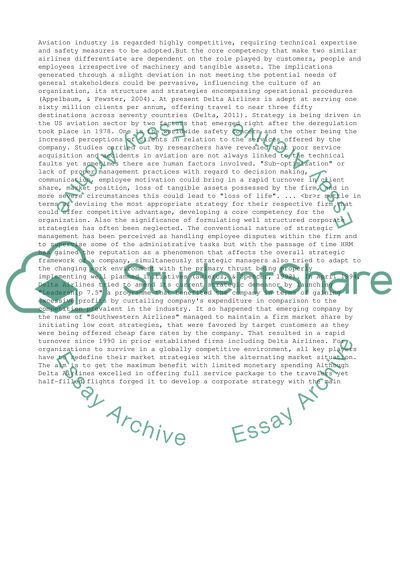Cite this document
(“Strategic management in Delta Airlines Case Study”, n.d.)
Retrieved from https://studentshare.org/management/1406428-a-case-study-ananlysis-of-strategic-management-in
Retrieved from https://studentshare.org/management/1406428-a-case-study-ananlysis-of-strategic-management-in
(Strategic Management in Delta Airlines Case Study)
https://studentshare.org/management/1406428-a-case-study-ananlysis-of-strategic-management-in.
https://studentshare.org/management/1406428-a-case-study-ananlysis-of-strategic-management-in.
“Strategic Management in Delta Airlines Case Study”, n.d. https://studentshare.org/management/1406428-a-case-study-ananlysis-of-strategic-management-in.


